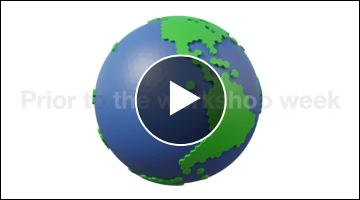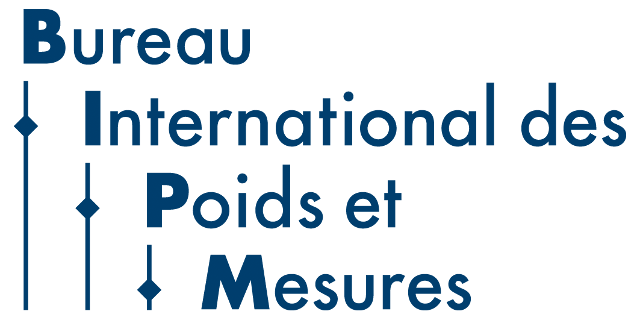About the event
Workshop Program
New : Workshop program, day by day
New : Watch the video!

Workshop Overview
Participation
The workshop is open to experts and stakeholders active in the fields of climate science, observations, modelling, GHG mitigation and measurement and measurement science willing to contribute to the development of recommendations on key technical challenge areas for metrology in these fields.
Workshop Aims
The aims of the workshop are to:
- Present progress and identify requirements for further development of advanced measurements, standards, reference data, comparisons, calibration supporting the physical science basis for and adaptation to climate change, and
- Identify stakeholders’ metrology needs, assess current metrological techniques, analyses, and modeling capabilities, and identify gaps in quantifying greenhouse gas emissions and uptake for effective actions on mitigating climate change and its impacts.
The output of the workshop will be a set of recommendations on key technical challenge areas for metrology over the next decade.
This workshop follows on from two previous events, one in 2010 on Measurement Challenges for Global Observation Systems for Climate Change Monitoring and the second in 2015 on Global to Urban Scale Carbon Measurements.
Themes for the Workshop
The workshop will focus on where metrology and metrological and allied approaches can provide input and benefits to the observation of, and societal responses to, climate change. It will also identify and provide recommendations on opportunities for new or expanded metrology activities to facilitate globally recognised greenhouse gas emission quantification data and support development and harmonization of methods improving sensitivity and accuracy of a coordinated system of greenhouse gas emission data supporting inventory reports.
The workshop is organized along two major themes, covering multiple topics within each. A description of each theme and the list of topics to be covered within themes is given below.
Theme 1: Metrology in support of the physical science basis of climate change and climate observations
The theme will cover metrology in support of scientific understanding of the physical science basis of our planet’s past, present and future climate. It includes the metrology associated with measurements and monitoring of the climate system from both in situ and remote measurement techniques (including ground-based, airborne and satellite remote sensing) together with metrological techniques to propagate uncertainties from the measurements through to products derived through modelling and to reanalyses and other Earth system models.
The theme will encompass activities that focus on understanding the climate system and consequentially this will include multi-decadal observations to observe climate trends usually for global scale phenomena and with increasing interest in regional information.
The topics covered within the theme are listed in the table below.
| Theme 1: Metrology in support of the physical science basis of climate change and climate observations | |
| Topic | Items that could be covered within the topic include |
| 1. Atmospheric chemistry and physics |
|
| 2. Oceans and hydrology |
|
| 3. Earth Energy Balance |
|
| 4. Biosphere monitoring |
|
| 5. Cryosphere Monitoring |
|
Theme 2: Metrology as an integral component of operational systems to estimate greenhouse gas emissions based on accurate measurements and analyses.
The theme will cover metrology in support of the monitoring and mitigation of greenhouse gas emissions and natural sinks. It includes the targeting, quantifying and tracking trends of emissions across local, regional, continental and global scales and the measurements that can improve national and subnational emission information and inventories.
The theme will encompass activities that focus on measurement data and tools for mitigating anthropogenic forcing and attributing emissions across a range of geographic scales (e.g. sub-urban scales to national scales) and measurements required to monitor land-use, land-use change and forest (LULUCF) fluxes and urban fluxes.
The topics covered within the theme are listed in the table below.
| Theme 2: Metrology as an integral component of operational systems to estimate greenhouse gas emissions based on accurate measurements and analyses | |
| Topic | Items that could be covered within the topic include |
| 1. Accuracy requirements for atmospheric composition measurements across economic sectors, and temporal and spatial scales |
|
| 2. State of play in integrated approaches for advanced GHG emission estimates and the way forward to operational services |
|
| 3. Novel GHG concentration and flux methods and sensors |
|
| 4. Strengthening the linkage of remote sensing GHG concentration measurements to emission fluxes |
|


